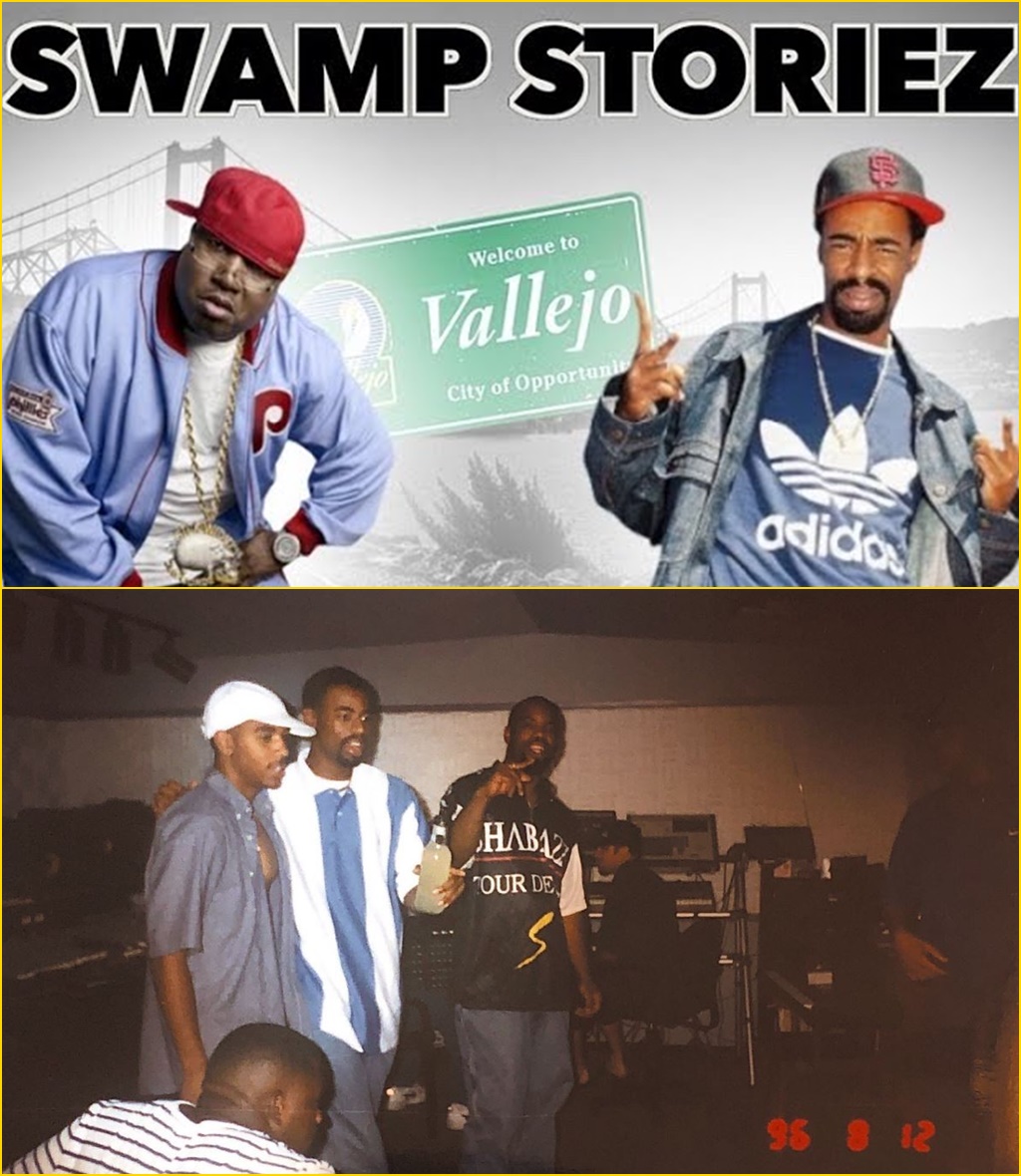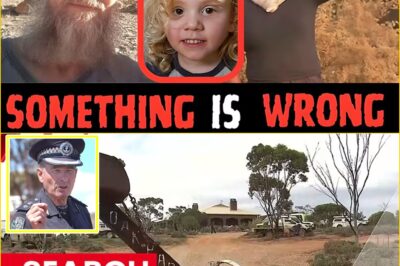For years, fans have debated one question: what really happened in the world of Mac Dre — the King of Vallejo — that made him both one of the most loved and most misunderstood figures in hip-hop? The phrase “Mac Dre vs. Everyone” isn’t just a catchy title; it represents a career defined by independence, defiance, and a relentless drive to do things his own way, even when it put him at odds with the world around him.
The Rise of a Bay Area Maverick
Mac Dre came up in Vallejo in the late ’80s and early ’90s, when West Coast rap was dominated by gangsta rap giants from L.A. But Dre carved out his own lane. His early records — Young Black Brotha, Back N Da Hood, California Livin’ — were raw, funny, and unfiltered snapshots of street life from a Northern California perspective. He wasn’t trying to be anyone else; he was building a movement.

That authenticity, however, came at a price. In 1992, at just 22 years old, Dre was arrested in Fresno on conspiracy charges connected to a string of bank robberies. Despite maintaining his innocence, he was sentenced to five years in federal prison. Behind bars, he recorded songs over the phone, proving that not even prison walls could stop his creativity. It was during this time that “Mac Dre vs. Everyone” became more than an idea — it was reality.
The Comeback and the Birth of Hyphy
When Dre got out in 1996, the Bay Area had changed. New sounds were emerging, but the scene lacked an identity that separated it from L.A. or New York. Mac Dre filled that void with something wild, free, and unapologetically local: Hyphy.
Through his label, Thizz Entertainment, he created a space for artists like Mistah F.A.B., Dubee, and others to thrive. His music was vibrant, chaotic, and hilarious — full of slang, dances, and energy that only the Bay could understand. Songs like “Feelin’ Myself,” “Boss Tycoon,” and “Thizzle Dance” became anthems for a generation.
Still, Dre’s independence and refusal to play by industry rules sometimes left him isolated. He didn’t chase major label deals or mainstream fame. He wanted control. He wanted ownership. He wanted to build his own empire, and that often meant standing alone.
Conflict, Rumors, and the Kansas City Connection
As Mac Dre’s fame spread beyond the Bay, so did tensions. He was loved by fans but also found himself in the middle of rivalries and rumors — especially involving connections in Kansas City, Missouri, where he frequently performed.
Dre’s charisma and street reputation drew powerful figures and potential enemies alike. While details remain murky, whispers of disputes over money, loyalty, and street politics surrounded his later years. These tensions set the stage for the tragic events of November 1, 2004, when Dre was shot and killed while riding on a Kansas City highway.
Legacy of Defiance
“Mac Dre vs. Everyone” wasn’t just about conflict — it was about resilience. Dre’s story is one of constant pushback: against the system, against expectations, against failure. Every obstacle — from federal prison to betrayal to the industry’s neglect — became fuel for his creativity.
In the decades since his death, Mac Dre’s legend has only grown. The Bay Area still celebrates him as a cultural hero who turned slang into scripture and movement into music. Artists from E-40 to G-Eazy to Drake have paid homage. The “Thizz” culture he created has evolved, but its roots remain in the same message: be yourself, no matter who’s against you.
What Really Happened?
What really happened is this — Mac Dre never conformed. He built his own world, and when the world didn’t understand it, he kept going anyway. He laughed in the face of struggle, turned jail into a recording booth, and turned Vallejo into a kingdom. “Mac Dre vs. Everyone” wasn’t about beef — it was about freedom.
Two decades later, that defiant energy still moves crowds, inspires new generations, and reminds us that legends aren’t made by playing it safe — they’re made by standing alone and smiling through the chaos.
News
“Too Little, Too Late” — Inside the Costly Delays and Missed Clues That Still Haunt the Search for Gus Lamont
When four-year-old Gus Lamont disappeared from his family’s remote sheep station in South Australia in late September, Australia watched in…
Latest Court Development: Ghetts Remanded After Fat-al Crash — Next Hearing Set As Investigation Intensifies
British rapper Ghetts — real name Justin Jude Clarke-Samuel — has been officially remanded into custody following a fatal car…
“I FEEL LIKE I’VE BEEN TAKEN ADVANTAGE OF” — Joe Swash’s Heartbreaking Parenting Confession in the Emotional Finale of His BBC Reality Show with Stacey Solomon
Joe Swash made a heartbreaking parenting confession as he was ‘taken advantage of’ by his children in the finale of his…
“THEY TRIED TO BURY THE TRUTH — BUT IT’S BACK!” Inside the Le-aked 400-Page Memoir Virginia Giuffre Wrote to Expose the Secrets the Elite Never Wanted You to Read
For years, Virginia Giuffre’s name has been at the center of one of the most controversial scandals of the century….
SHE DOESN’T DESERVE THIS!” – HEARTBREAK AND OUTRAGE ERUPT AS STRICTLY STAR ELLIE GOLDSTEIN FACES CRUEL ONLINE INSULTS AHEAD OF HER MOST DANGEROUS ROUTINE YET
“She doesn’t deserve this.” Those were the words flooding social media as Strictly Come Dancing’s Ellie Goldstein became the unexpected…
A hush fell over the Today show studio as Dylan Dreyer’s voice cracked, her eyes brimming with tears, revealing a betrayal that no one saw coming!
A hush fell over the Today show studio when Dylan Dreyer’s usually calm, cheerful demeanor broke. Her voice trembled, her…
End of content
No more pages to load












